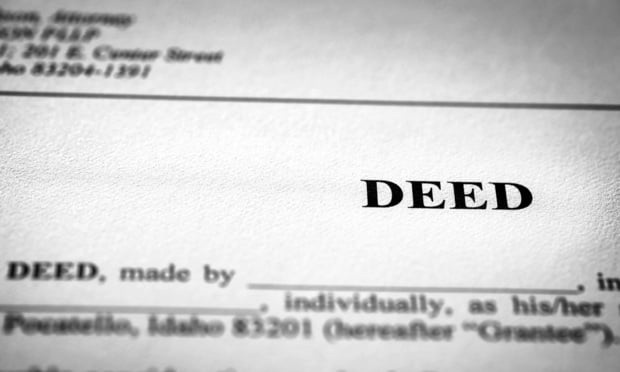Law.com Subscribers SAVE 30%
Call 855-808-4530 or email [email protected] to receive your discount on a new subscription.
'Cause We Are Living in a Digital World …
I was quite sure I would progress through my entire career without the need to use an altered version of a Madonna song lyric as an article title, but life is all about surprises. And, for those unfamiliar with the reference, thanks for making me feel older than I already am. If there is one thing Madonna has always understood rather well, it is branding. That is the focus of this article. Well, digital branding to be exact.
When was the last time you Googled your law firm name, one of your firm's lawyers or an issue on which your firm claims extensive knowledge? Did the results surprise you or were they what you expected? A digital presence can — and will — influence decision makers. In our world of legal marketing, such decision makers include in-house counsel.
As with traditional branding, a digital brand is simply the perception individuals have of a business or organization online. Digital branding is a brand management technique that uses a combination of Internet branding and digital marketing to develop a brand over a range of digital venues, including Internet-based relationships, device-based applications and media. The objective is to establish and build trust with potential clients, especially while they are in the decision phase of the selection process. As a legal marketing professional, you have the ability to influence what people find when they search for a firm or lawyer (or to help people find a firm or lawyer when they are searching for specific expertise or content).
This premium content is locked for Entertainment Law & Finance subscribers only
ENJOY UNLIMITED ACCESS TO THE SINGLE SOURCE OF OBJECTIVE LEGAL ANALYSIS, PRACTICAL INSIGHTS, AND NEWS IN ENTERTAINMENT LAW.
- Stay current on the latest information, rulings, regulations, and trends
- Includes practical, must-have information on copyrights, royalties, AI, and more
- Tap into expert guidance from top entertainment lawyers and experts
Already a have an account? Sign In Now Log In Now
For enterprise-wide or corporate acess, please contact Customer Service at [email protected] or 877-256-2473

Major Differences In UK, U.S. Copyright Laws
This article highlights how copyright law in the United Kingdom differs from U.S. copyright law, and points out differences that may be crucial to entertainment and media businesses familiar with U.S law that are interested in operating in the United Kingdom or under UK law. The article also briefly addresses contrasts in UK and U.S. trademark law.

The Article 8 Opt In
The Article 8 opt-in election adds an additional layer of complexity to the already labyrinthine rules governing perfection of security interests under the UCC. A lender that is unaware of the nuances created by the opt in (may find its security interest vulnerable to being primed by another party that has taken steps to perfect in a superior manner under the circumstances.

Strategy vs. Tactics: Two Sides of a Difficult Coin
With each successive large-scale cyber attack, it is slowly becoming clear that ransomware attacks are targeting the critical infrastructure of the most powerful country on the planet. Understanding the strategy, and tactics of our opponents, as well as the strategy and the tactics we implement as a response are vital to victory.

Legal Possession: What Does It Mean?
Possession of real property is a matter of physical fact. Having the right or legal entitlement to possession is not "possession," possession is "the fact of having or holding property in one's power." That power means having physical dominion and control over the property.

The Stranger to the Deed Rule
In 1987, a unanimous Court of Appeals reaffirmed the vitality of the "stranger to the deed" rule, which holds that if a grantor executes a deed to a grantee purporting to create an easement in a third party, the easement is invalid. Daniello v. Wagner, decided by the Second Department on November 29th, makes it clear that not all grantors (or their lawyers) have received the Court of Appeals' message, suggesting that the rule needs re-examination.

